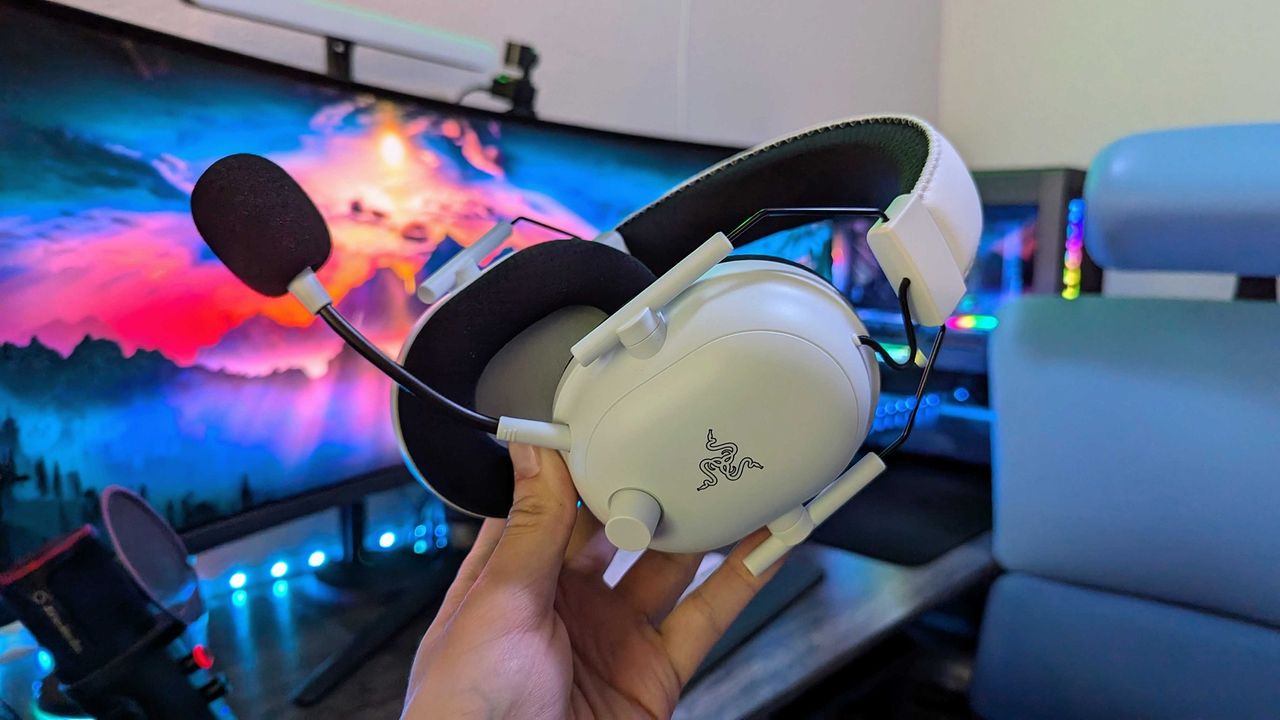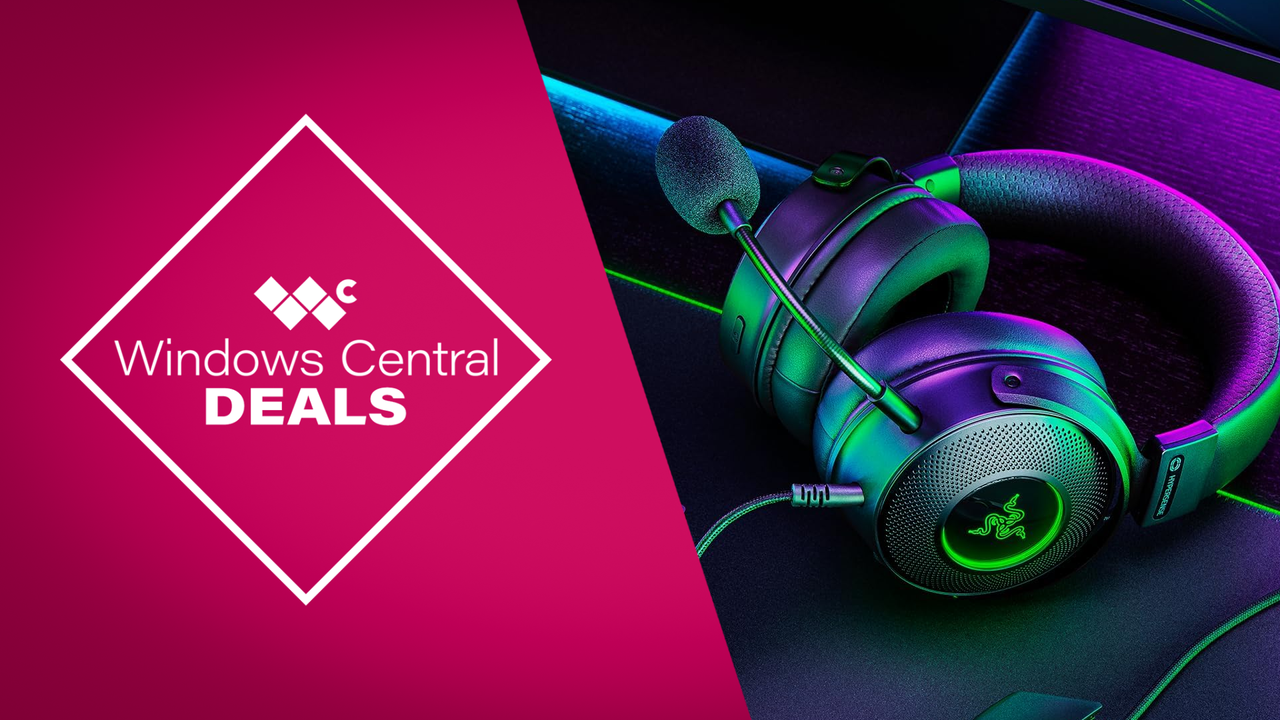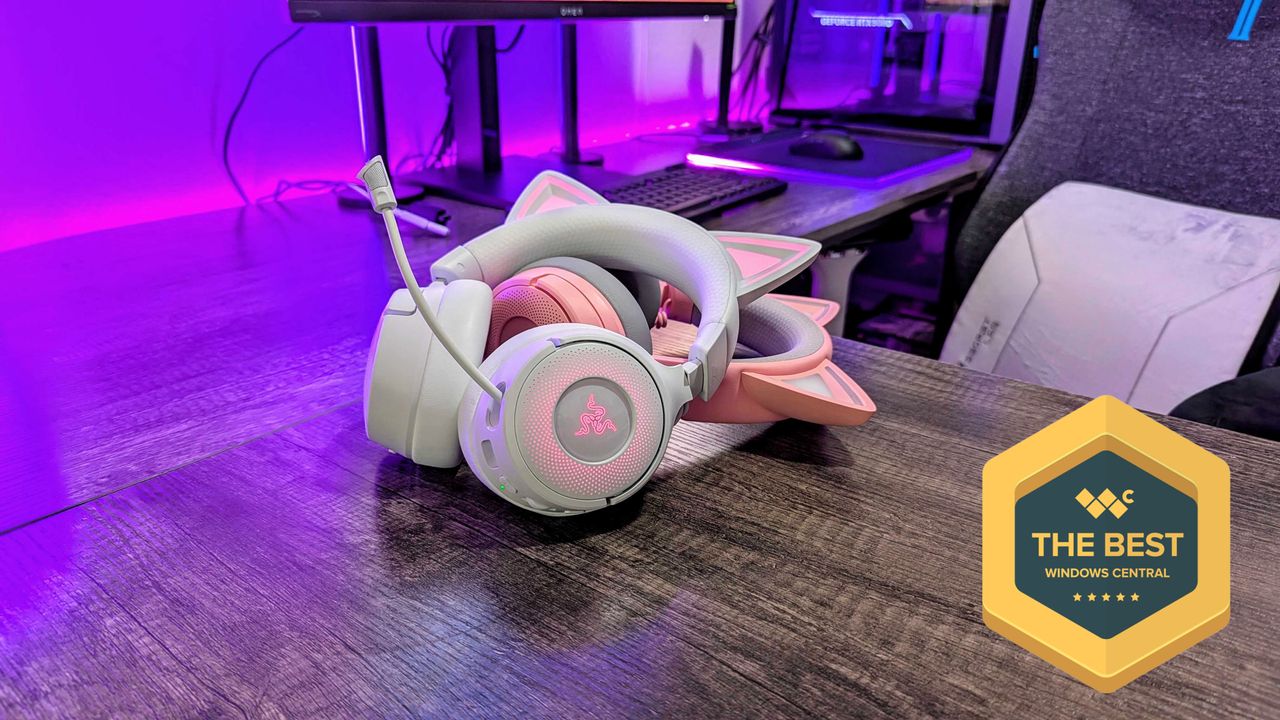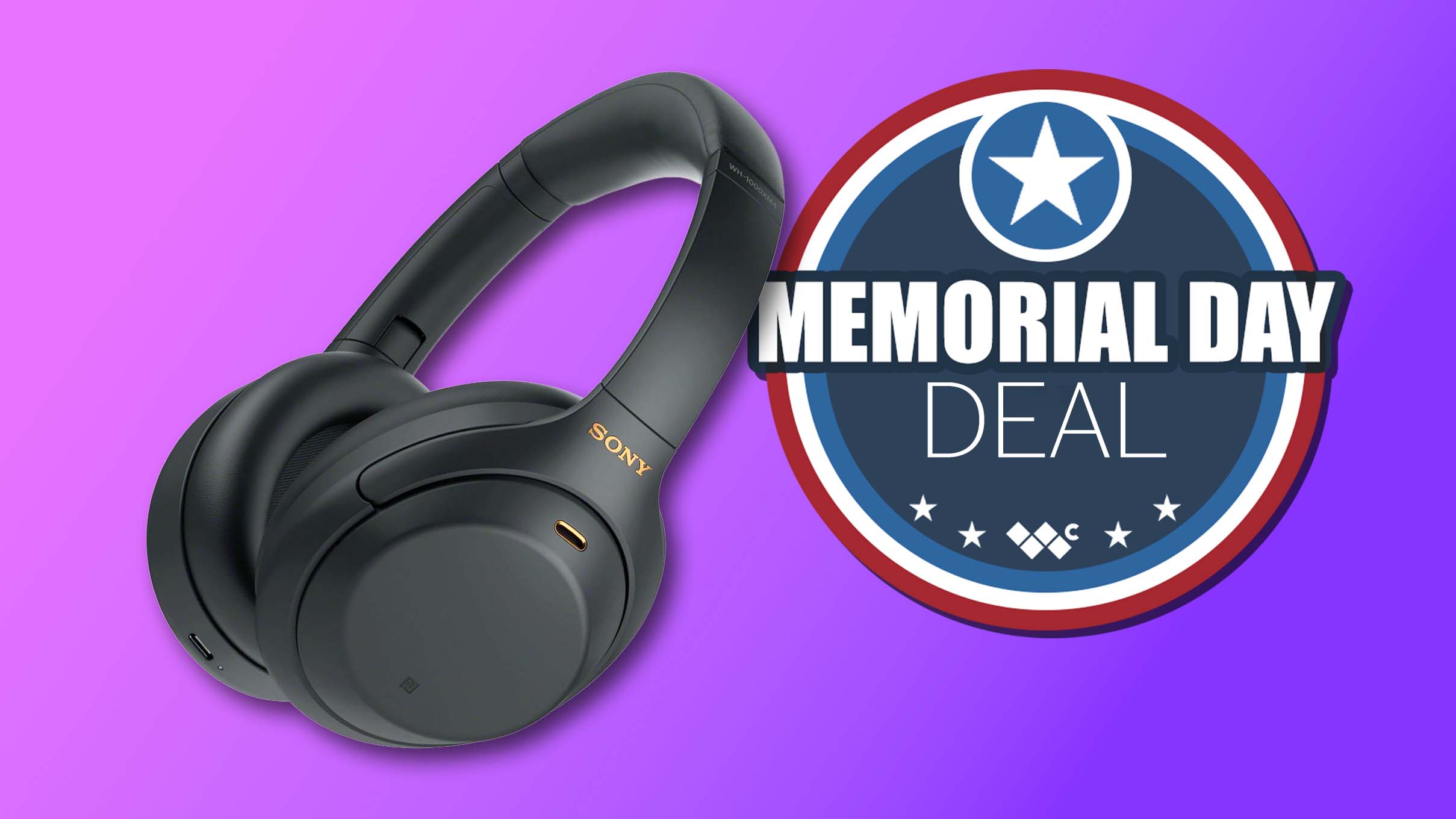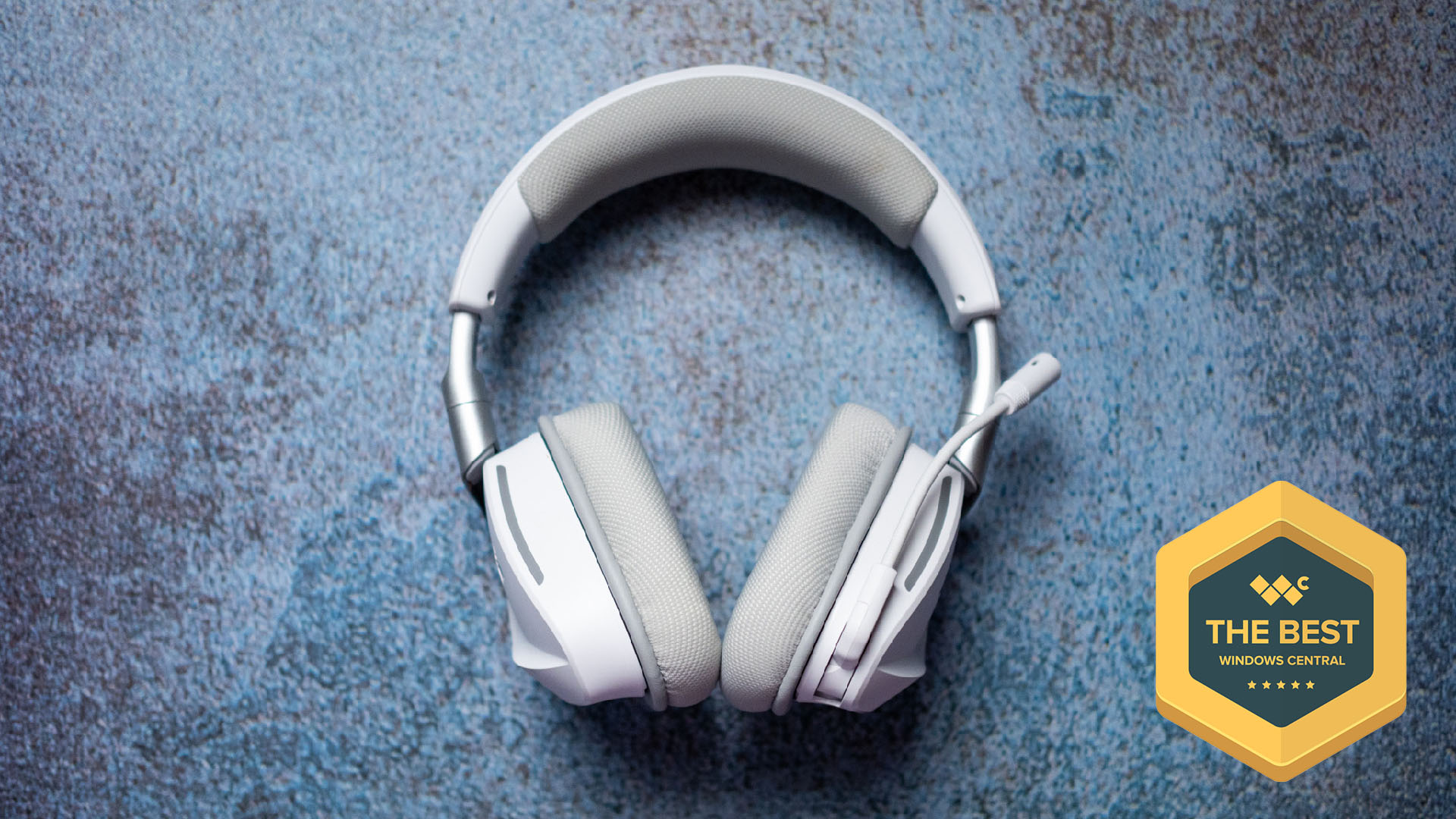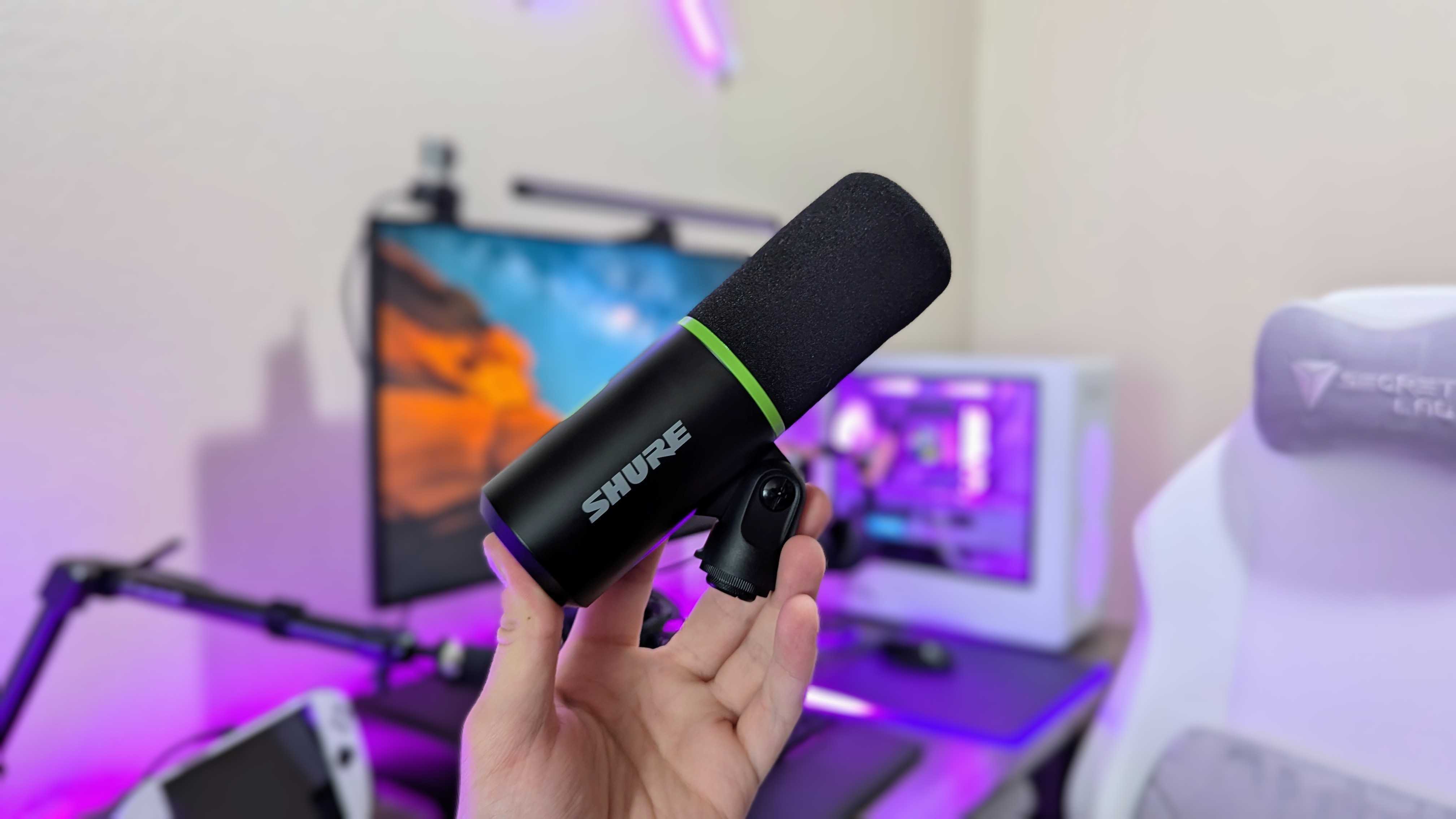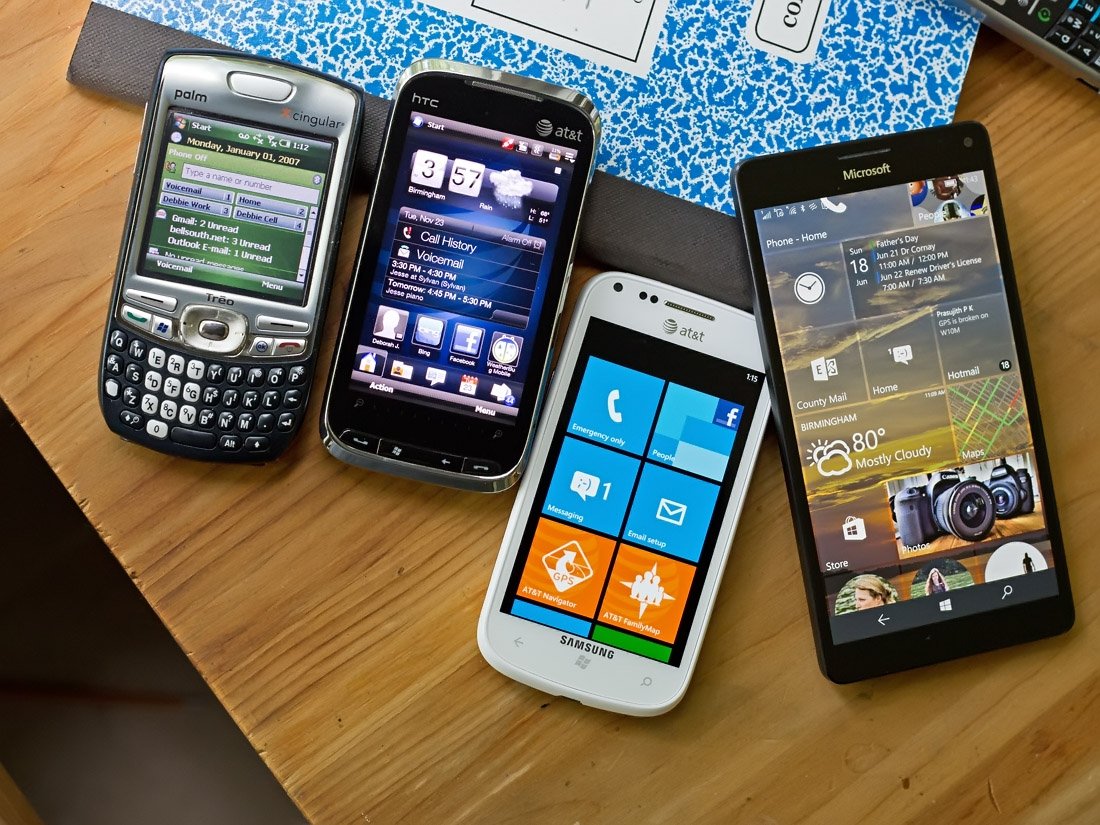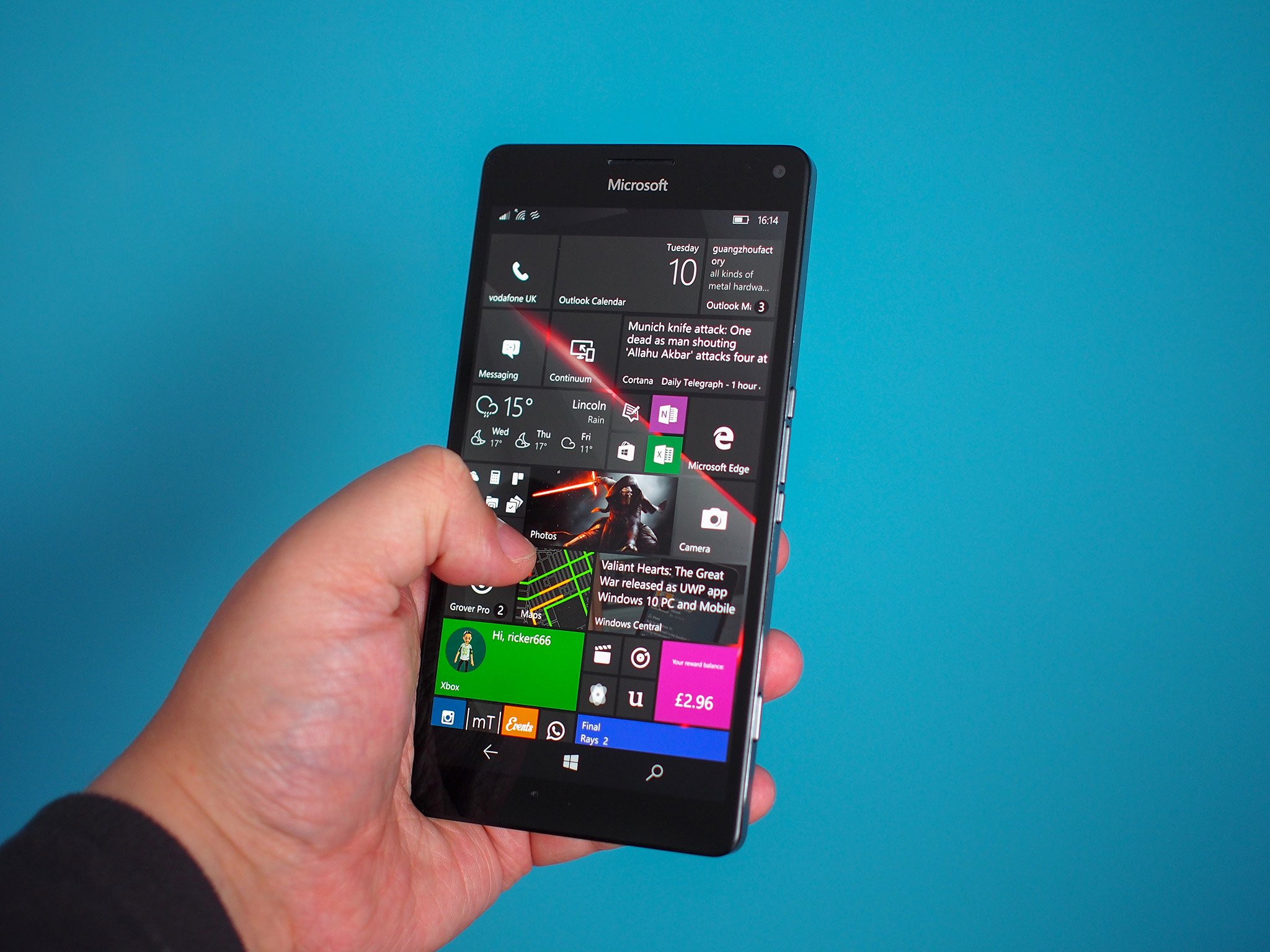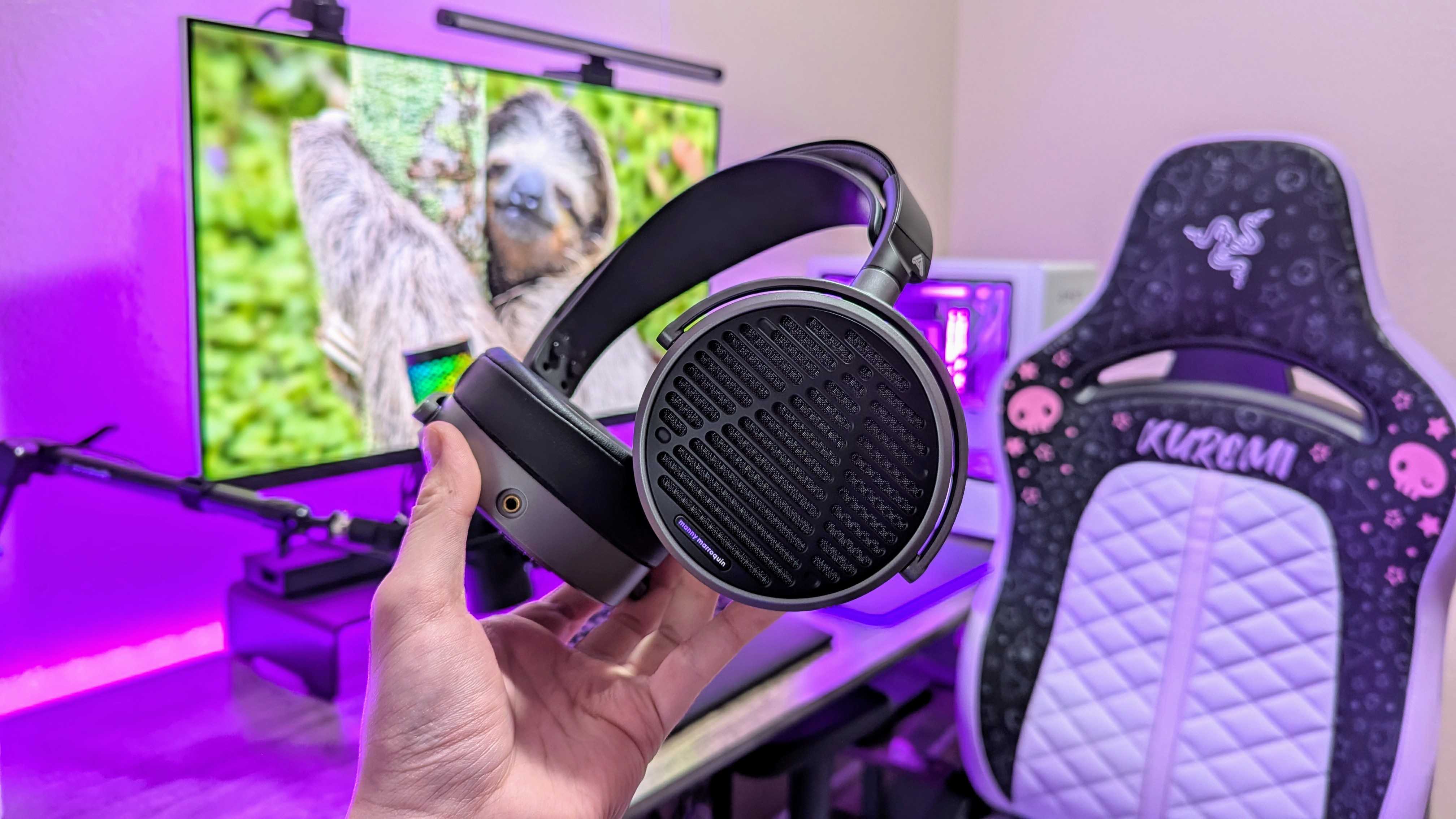
Every September, Apple shows the world what’s possible when design meets engineering. This year’s “Awe Dropping” event delivered innovations that solve problems you didn’t know existed. Your iPhone, watch, and headphones are about to feel ancient.
These changes affect daily life in ways that become obvious once you experience them. Apple redesigned fundamental aspects of how we interact with technology. Here are the ten biggest design insights from Apple’s latest event.
iPhone Air proves ultra-thin phones can be incredibly strong
Apple debuted the all-new iPhone Air, the thinnest iPhone ever made, with pro performance. iPhone Air features a breakthrough titanium design that is elegant and light yet strong. The company solved the biggest challenge in thin phone design.

The back of iPhone Air is now protected with Ceramic Shield, and the front cover uses Ceramic Shield 2, delivering 3x better scratch resistance. This makes iPhone Air more durable than any previous iPhone. Strength and thinness no longer require compromise. Apple reversed years of increasing thickness through engineering breakthroughs.

This creates new possibilities for how phones feel in pockets and hands. The titanium frame provides structural integrity without adding bulk.
Center Stage camera creates perfect selfies automatically
Apple announced iPhone 17, featuring the new Center Stage front camera that takes selfies to the next level. The technology automatically frames selfies and video calls without manual adjustment. Bad selfie angles become impossible with this intelligent system.

The camera tracks faces and adjusts composition in real time. Video calls look professional without any effort from users. Group selfies include everyone perfectly without awkward repositioning.

Machine learning understands photography rules better than most people. The system creates flattering angles and proper framing consistently across all lighting conditions.
Aluminum unibody design revolutionizes Pro model construction
Apple built the iPhone 17 Pro with an Apple-designed vapor chamber that is laser-welded into a strong, light, and thermally conductive aluminum unibody. This delivers Apple’s best-ever performance and an enormous leap in battery life. The design represents a major departure from previous titanium construction.

The vapor chamber enables superior heat management during intensive tasks. Aluminum provides structural strength while remaining lightweight. The unibody construction eliminates weak points found in multi-piece designs.

This design choice prioritizes thermal performance over premium materials. The engineering breakthrough enables sustained high performance without overheating.

ProMotion displays become standard across all iPhone models
The 6.3-inch Super Retina XDR display with ProMotion is bigger and brighter, enabling supersmooth scrolling, immersive gaming, and improved efficiency on the base iPhone 17. Apple removed artificial barriers between product tiers. Smooth scrolling becomes available to everyone who buys an iPhone.

Gaming performance improves dramatically across all price points. The technology that made Pro models special now defines the entire lineup. This democratization of premium features shows Apple’s confidence in its technology leadership.
Users no longer need to choose between affordability and display quality.
Ceramic Shield 2 advances smartphone durability science
The new Ceramic Shield 2 front cover is tougher than any smartphone glass or glass-ceramic, with 3x better scratch resistance than the previous generation and reduced glare. For the first time, Ceramic Shield protects the back of Pro devices, delivering 4x better resistance to cracks than previous back glass.

This creates complete protection against drops and scratches. Users can feel confident using phones without bulky cases. Repair costs decrease significantly over the device lifetime.
Apple pushed material science boundaries to achieve these improvements. The technology makes phones more reliable and longer-lasting for everyday use.
Apple Watch gains hypertension monitoring capabilities
Apple introduced Apple Watch Series 11, offering the most comprehensive set of health features yet, longer battery life, an even more durable cover glass, and 5G cellular capabilities. Apple Watch Series 11 empowers users with notifications for signs of chronic high blood pressure, also known as hypertension.

Healthcare becomes proactive rather than reactive with this technology. Users receive early warnings about potential heart problems. Apple Watch positions itself as essential medical equipment.

FDA clearance for hypertension notifications is expected soon, and the feature will be available in more than 150 countries and regions this month. The feature could prevent heart attacks and strokes through early detection.

Sleep Score feature transforms rest quality understanding
With watchOS 26, Apple Watch can help users understand the quality of their sleep and how to make it more restorative with a new sleep score feature. Sleep is fundamental to a person’s health and critical to daily restoration.
The system analyzes multiple factors including heart rate and temperature. Users get actionable insights for improving sleep quality. The scoring system makes complex sleep data understandable for everyone.
This transforms how people think about rest and recovery. Sleep becomes measurable and improvable rather than mysterious.
AirPods Pro 3 delivers world-class noise cancellation
AirPods Pro 3 deliver unbelievable sound quality and the world’s best in-ear Active Noise Cancellation. They remove up to 2x more noise than the previous-generation AirPods Pro, and 4x more than the original AirPods Pro. This advancement eliminates more environmental distractions than ever before.

The updated design helps AirPods Pro 3 fit even better and provides greater in-ear stability during activities like running, HIIT, yoga, and more. Comfort improves alongside acoustic performance. Active users can trust the earbuds to stay secure during intense movement.

The engineering breakthrough makes quiet spaces possible anywhere. Concentration and focus become achievable in noisy environments.
Live Translation eliminates language barriers instantly
Live Translation comes to AirPods, making face-to-face conversations easier by helping users connect even if they don’t speak the same language. The earbuds become universal communication tools for any situation. Language barriers disappear during face-to-face interactions.
Business meetings across cultures become seamless experiences. Travel to foreign countries feels less intimidating. The technology bridges communication gaps through elegant design innovation.
This transforms how people interact across different languages and cultures. Real-time translation makes global communication effortless.
Crossbody Straps acknowledge changing phone usage patterns
The Crossbody Strap is compatible with iPhone 17 Silicone Case with MagSafe, iPhone 17 Pro cases, iPhone 17 Pro Max cases, iPhone Air Case with MagSafe, and iPhone Air Bumper. Apple officially acknowledges that phones function as primary creative tools.

Photography becomes more stable with hands-free operation. Content creators get professional camera stability from their phones. The design makes phones feel more like professional camera equipment than communication devices.
This accessory represents a fundamental shift in how Apple views phone usage. Mobile photography becomes a serious creative medium worthy of professional accessories.
Apple’s September 2025 event shows how thoughtful design solves real problems people face daily. These innovations prove that premium technology can become accessible while pushing entirely new boundaries. The changes affect how we work, communicate, and create content in meaningful ways that will reshape daily interactions with technology.
The post Apple’s September Event Reveals 10 Design Breakthroughs That Change Everything first appeared on Yanko Design.



